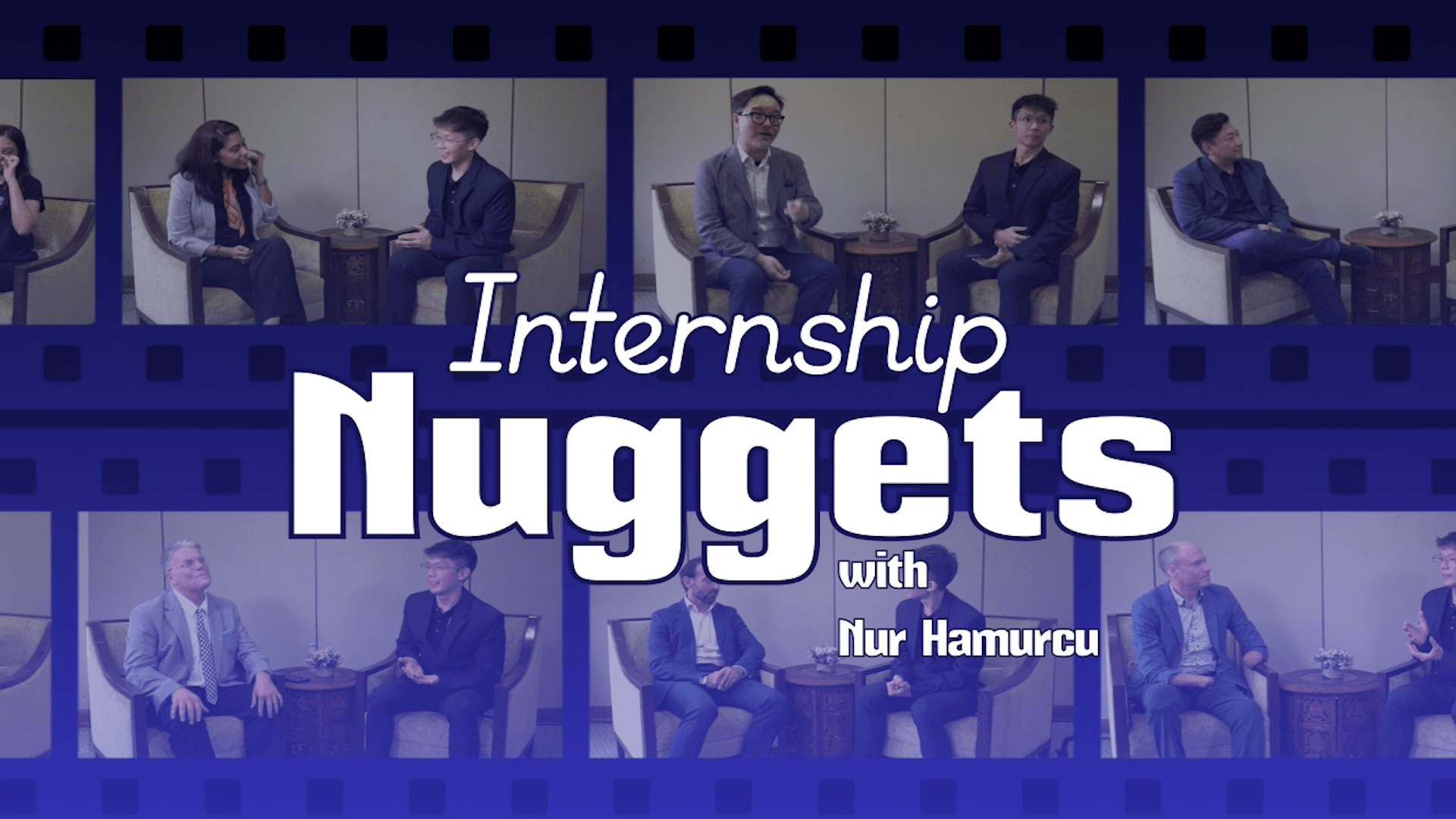Batman v Superman: Dawn of Justice

Embracing differences and uniting for a common cause
The newly-released Batman v Superman: Dawn of Justice has been a much-buzzed-about film.
Everyone was anxious to see Ben Affleck embody the dark knight and Henry Cavill return as Clark Kent aka Kal-El aka Superman.
The film is visually stunning and offers all the things we love about Batman—gadgets, Batmobile, Alfred and a dark, brooding Bruce Wayne—and Superman—the do-gooder with ridiculously fast reflexes, bulletproof body, and a coy Clark Kent.
The Dark Knight vs the Man of Steel
Both characters, one nearly immortal and one completely human, are heroes in their respective cities—Metropolis and Gotham—but do not see each other that way. In fact, it often seems like they disapprove of each other for the same reasons.
In essence, they are picking at the splinter in each other’s eye while ignoring the log in their own.
Batman feels that Superman is a threat to humankind because he personally witnessed the devastation Superman’s extraterrestrial enemies can leave on Earth and how Superman has the capability to incinerate anything with his eyes.
Superman, however, believes Batman is a vigilante who puts people at risk more than the people he saves.
At the core of both men is a bleeding heart—a heart that wants to rid the world of bad and save the innocent. Yet, the fact that this brand of heroism comes in an unfamiliar package, pits both of them against each other.
They feel that the other needs to be stopped.

It is never what it seems
How often have you judged people so superficially? How often have you glanced over what it “looks” like and not dug deeper?
Knowing the intentions and values behind someone’s actions can mean everything when leading change. Though your methods might vary, you might still find that you can lean on a person who ultimately has a similar vision as you.
People hate what they don’t understand but they see who you are and what you do. - Martha Kent (played by Diane Lane)
This lesson extends to the followers and unbelievers of each hero. The opinions of the citizens of Gotham and Metropolis are polarising.
While many worship Batman and Superman as heroes among men or demigods, others have such intense hatred against them that they resort to violence.
We see this in real life too, whether it’s the demonstration against Barack Obama’s healthcare reform or sugar taxes or even the cynicism that some of Bill Gates’ philanthropic efforts are met with.
People often rise up against things they do not understand without asking the right questions.
Conversely, leaders have to be able to communicate the “why” and the “how” of what they are doing to their followers and with each other. My personal opinion: Both Superman and Batman could have solved their differences a lot sooner if they had talked more and punched less.
“That’s how it starts. The fever. . . the rage. . . the feeling of powerlessness that turns good men cruel.” —Alfred Pennyworth (played by Jeremy Irons)

Photo courtesy of Warner Bros Entertainment Inc, Ratpac-Dune Entertainment LLC and Ratpac Entertainment, LLC. — AFP
Parting thoughts
Power needs to flow two ways. It definitely needs to trickle down and empower people. Citizens of Gotham and Metropolis experience other worldly violence and mad men on a regular basis.
The first and most important choice a leader makes is the choice to serve, without which one’s capacity to lead is severely limited. — Robert K. Greenleaf
They see leaders fight amongst themselves and leave them in the dark, seemingly forgotten. There is no dialogue between the people running the city and the citizens who are affected by the choices made by their leaders.
We see in the movie, how disillusioned this can make followers. Leaders should always be mindful of why they’re there. Because people trust them and people put their hope in them. So, communicate with your followers and don’t let them down.
Leadership




